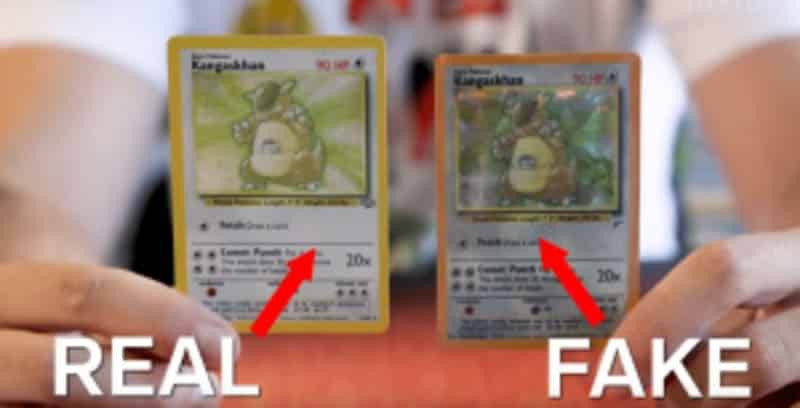Pokemon cards slapped themselves onto the table of society in 1996 in Japan. In the US, these cards were published by Wizards of the Coast in 1998. In this trading card game, two players battle against each other until one receives a “Knock-out” blow. The victor then earns a prized card. Pokemon Card collectibles are based on rarity, popularity, and age, among other factors. This card game has become one of the most popular in competitive play and serious card collecting. The gained popularity has given rise to many controversies and scandals.
Here, we look at the different types of controversies involved in the Pokemon Card world. The article only covers the types and definitions, not specific occurrences.
Counterfeiting Pokemon Cards
The most prevalent and no doubt obvious issue is the counterfeiting of cards in the Pokemon trading card world. These types of cards can be sold as authentic versions. They can convince excited collectors to spend large amounts of money to acquire them. These high-quality prints can be convincing to purchasers with little knowledge of what to look for. Holographic foiling is a bit more tricky, often lower in quality, and less convincing even to the untrained eye. Purchasers need to be diligent in conducting research, checking authenticity, and measuring rarity before making a high-priced purchase of a rare card.
Scalping and Reselling Pokemon Cards
Scalping is the practice of buying up large quantities of goods. These people generally target rare, limited edition, and promotional items in the collection. After obtaining them, the scalper will resell the Pokemon cards at a much higher rate than is fair to make big profits. With the emergence of online markets, these individuals reach many more potential buyers with the means and willingness to pay the excess cost to own the treasure. The practice of scalping is frowned upon because it limits accessibility, removes an element of fairness, and negatively impacts the overall enjoyment of collecting.
Tampering with Pokemon Cards
Tampering with a product includes many forms of altering or manipulating them in numerous ways. Counterfeiting is a form of tampering that we have already considered. Another popular manipulation is the resealing of packs. Individuals open the packs to find rares, remove them, and then reseal and resell the package of cards. This type of tampering deceives purchasers into buying inferior content. Altering the cards themselves is another form of tampering that has been discovered. The tamperer attempts to change the card to make it appear more valuable or to hide damage. This form of tampering creates the risk that collectors will pay higher prices for inferior products.
Also Read: Preserve the Fun for Generations to Come
Issues with Development and Distribution
Many issues in the Pokemon Trading Card industry are directly related to production and distribution. Manipulation of distribution to create false scarcity has been long suspected. Poor quality, not due to tampering, is the complaint of many collectors. Such issues as misprints, damage straight out of the package, and other manufacturing defects are notorious. Regional disparities also create growing frustration among collectors. This complaint revolves around promotions and exclusive card releases being assigned to specific regions regularly.
For more Great Content
Total Apex is an all-encompassing content producer. We provide heavily detailed articles every day on entertainment, gaming, sports, and so much more! Check out all our great sports content Total Apex Sports. Check us out on X @TotalApexEandG and our other sites: Total Apex Sports Bets and Total Apex Fantasy Sports. For more articles by Michelle Hatfield, click here!



